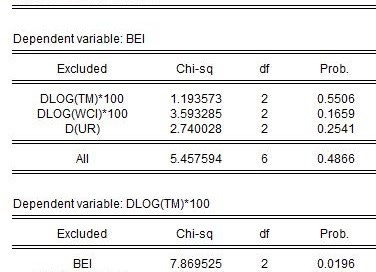RBA Governor Lowe’s speech to the AFR Business Summit this week was notable for the extent to which the RBA continues to hang its hat on the labour market and wages in the determination of the inflat…
© 2025 Stephen Kirchner
Substack is the home for great culture



